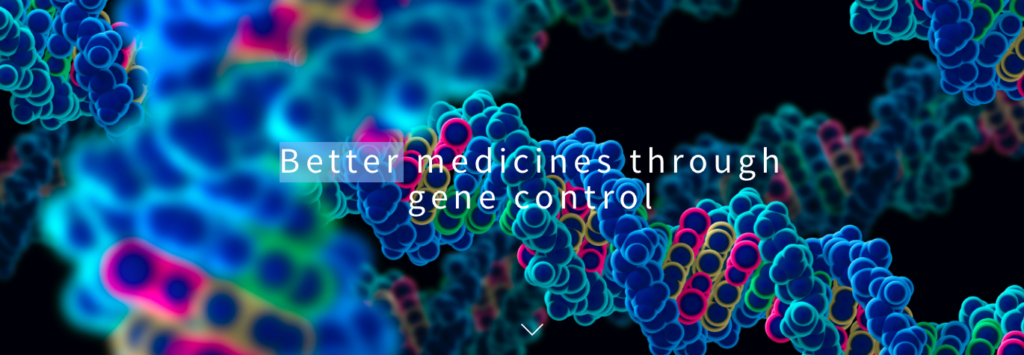On the interaction between transcription factors and the immune system
We’re continuing our mini-series on the MYC oncogene and associated super-enhancers and transcription factors, with a look at some of the molecular mechanisms driving epigenetic accessibility and how they interact with the immune system. It turns out that the two appear to be inextricably linked.

Dr Jay Bradner (NIBR)
It’s an exciting and emerging area in oncology R&D as companies and researchers begin to leverage basic science with a convergence between scientific fields to drive new opportunities for therapeutic intervention in cancer.
Included in this post are excerpts from an interview with Dr Jay Bradner from the Novartis Institutes of Biomedical Research. He’s most well known for his academic research on chromatin and bromodomain fields. As Dr Bradner told me during our discussion:
“MYC has so many target genes that I would imagine one might find any number of immune factors as augmented in their expression by MYC.”
As always, we covered a lot of ground and dived into more detail. There’s also been a number of recent research papers published since our discussion that have shed more light on the topic.
This is the second post in our latest mini-series. If you’d liked to read this and our coverage from the forthcoming ESMO, SITC and ASH annual meetings, do sign up to keep up to date…
To learn more from our latest expert interview and get a heads up on our oncology insights, subscribers can log-in or you can click to gain access to BSB Premium Content.
This content is restricted to subscribers

 Immunotherapy treatment for multiple myeloma has been around for several decades, first in the form of stem cell transplantation, then augmented by the addition of IMiD immune modulation drugs such as thalidomide, lenalidomide or pomalidomide. In due course, along came immune checkpoint blockade in solid tumours and it was only a matter of time before they would be evaluated in hematologic malignancies, albeit with mixed results.
Immunotherapy treatment for multiple myeloma has been around for several decades, first in the form of stem cell transplantation, then augmented by the addition of IMiD immune modulation drugs such as thalidomide, lenalidomide or pomalidomide. In due course, along came immune checkpoint blockade in solid tumours and it was only a matter of time before they would be evaluated in hematologic malignancies, albeit with mixed results. Atlanta – it’s day 2 of the annual meeting of the American Society of Hematology (ASH) meeting here in a chilly and snowy Atlanta.
Atlanta – it’s day 2 of the annual meeting of the American Society of Hematology (ASH) meeting here in a chilly and snowy Atlanta.



 It’s now time to look at the company and entertain some strategic thinking about where they’re coming from and where they’re going with clinical development. The CEO, Dr Nancy Simonian, kindly agreed to an interview and be put in the ‘hot seat,’ so to speak.
It’s now time to look at the company and entertain some strategic thinking about where they’re coming from and where they’re going with clinical development. The CEO, Dr Nancy Simonian, kindly agreed to an interview and be put in the ‘hot seat,’ so to speak.
